
If you want to design and install a duct system to create problems, the possibilities are endless. I’ve certainly written about a lot of them (as well as how to do it properly). Today, though, let’s focus on one particularly bad place to put a duct. In fact, I think it’s the third worst place to put one.
The problem
What spurred this article is that I recently moved from a condo to 1961 ranch house in Atlanta, and my new place has this problem. The photo above shows it but you can’t tell for sure there. The photo below should make it clear, though. Can you tell what the problem is now?
![Supply duct in an exterior wall [Photo credit: Energy Vanguard]](https://images.greenbuildingadvisor.com/app/uploads/2019/08/14081723/supply-duct-in-exterior-wall-bedroom.jpg)
What’s wrong with putting vents in exterior walls?
As it turns out, putting supply vents in exterior walls is bad for several reasons. Here’s my list:
- Displaced insulation: Most homes have insulation in the wall cavities, not outside the framing. When you put a duct and a duct boot in the wall cavity, you don’t have room for insulation. If the walls are framed with 2x4s, there’s often not enough space even for a little bit of duct insulation.
- Duct losses to outdoors: Even if the duct and boot have some insulation, these components are rarely sealed and the insulation is likely to be compressed and insufficient. Those two factors add up to warmer supply air being delivered in summer and colder air delivered in winter.
- Moisture problems: Putting cold air into an uninsulated piece of sheet metal in a poorly air-sealed enclosure is a recipe for condensation and mold for homes in humid climates.
The photo below, which I took at a gut-rehab in progress in Atlanta a couple of years ago, shows what it looks like inside the wall.
![Supply duct boot in an exterior wall, uninsulated [Photo credit: Energy Vanguard]](https://images.greenbuildingadvisor.com/app/uploads/2019/08/14081821/supply-duct-in-exterior-wall-uninsulated-boot.jpg)
It’s mainly an older-house problem
I’ve seen one or two new homes with this problem in the past decade or so, but this is a practice that has mostly disappeared. That’s the good news. The bad news is that if you have an older home with your supply vents in the exterior walls, you ought to plan some way of addressing the problem.
The best thing to do is open the wall and remove the duct and boot, do your air-sealing, and then insulate. That means finding another place for the supply vents, of course. In my case, I’ve got an air conditioner and furnace in the basement serving the whole house, and I’m going to rip it out.
The new systems will serve the first floor with two ducted units in our insulated and conditioned attic, so I’ll put all the supply and return vents in the ceiling. Once I do that, then I can completely gut the basement, including the ductwork. Then later, when I work on the first floor walls, I can remove the vestiges of the old duct system from the walls and be done with this problem forever.
Another way to go is to leave the sidewall vents in place and try as best you can to get them insulated and air-sealed. The photo below shows the basement duct going up into the wall and feeding that register in the second photo above. A previous improvement project included spraying foam on the band joist and trying to seal it up from below, but this doesn’t solve the problems in the wall above.
Even if I opened the wall and sealed and insulated the boot as best I can, that thing is still displacing wall insulation. The only way to fix it fully would be to add exterior insulation to the wall. In my case, that’s not going to happen because I’m not removing the brick veneer.
![Supply duct going up into an exterior wall at the band joist [Photo credit: Energy Vanguard]](https://images.greenbuildingadvisor.com/app/uploads/2019/08/14081914/supply-duct-in-exterior-wall-band-joist-insulation.jpg)
The first and second worst places for ducts
Now, since the problem I’ve just described is, according to me, the third worst place for ducts, you may be wondering what two places are worse. The first one is easy. Can you guess what it is? (If not, just click that link in the previous sentence or the first article in the list below.) The second place is anywhere else in an unconditioned attic.
What do you think might be the fourth worst place?
–Allison Bailes of Decatur, Georgia, is a speaker, writer, building science consultant, and the author of the Energy Vanguard Blog. You can follow him on Twitter at @EnergyVanguard. All photos courtesy of Energy Vanguard.
Weekly Newsletter
Get building science and energy efficiency advice, plus special offers, in your inbox.






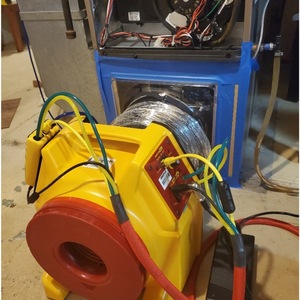



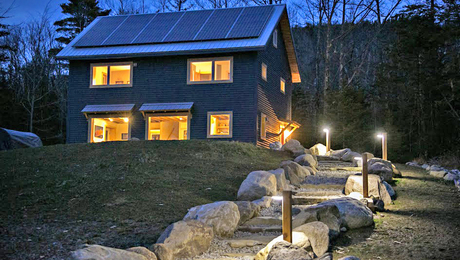
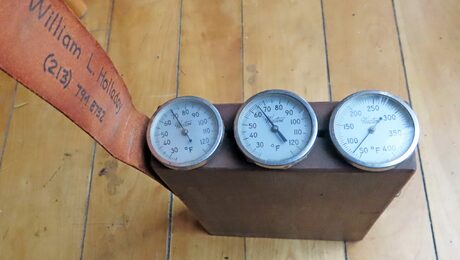

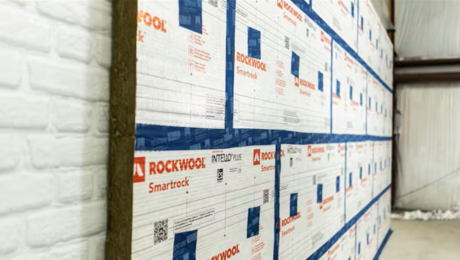
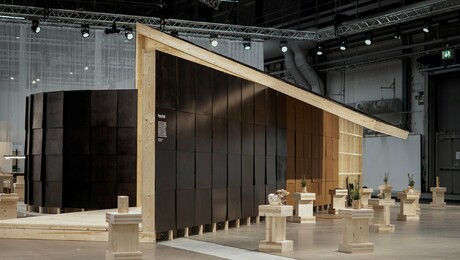
10 Comments
Good article, I always like seeing stuff relevant to normal homes.
As someone who has some radiators on outside walls, I've wondered how much heat I'm losing to outdoors by heating up the section of the wall behind the rad.
Interior rads might not be as good for comfort, but might be more efficient, especially if you've got older questionably insulated walls like me.
The size of the hit depends a lot on the temperatures of the rads, but it's pretty substantial even with 125F water (if way less than 215F steam). Taking an infrared image of the wall from the outdoors on a sub-freezing night makes it look on fire!
It's often not a big progject to re-set & re-plumb the rad filling the cubby with insulated wall behind it, with an inch or so of gap to the new wall. The typical Arco Sunrads & similar are only 5" deep x 20" tall and don't eat up a huge amount of floor space. They're pretty easy to clean up and repaint too. When I micro-zoned my house I installed that type of raditor in a bedroom in front of the wall below a window, and another I cut into a kneewall, insulating the 6" deep cubby with 3" polyiso (because I had some left over from doing the basement) even though the roof deck behind the kneewall is insulated.
Assume you mean freestanding radiator c. 1890-1940? Probably under a window too? Leave the radiator there. Upgrade the insulation in the exterior wall.
I took Josh to possibly mean radiators partially or fully inset into the wall, which was a common practice in the early to mid 20th century:
https://f01.justanswer.com/JACUSTOMERtn1dcjtq/2012-04-27_170251_sunrad.jpg
https://www.picclickimg.com/d/l400/pict/223457620563_/Antique-Vintage-Abco-Sunrad-Cast-Iron-Built.jpg
This partially-recessed SunRad only has what looks like 3/4" fiberboard between the plank sheathing and the radiator:
https://st.hzcdn.com/simgs/a922215f04aee4c7_8-7977/home-design.jpg
Painted up to match the trim it's fine to place that type of radiator in front of (rather than partially or completely within) the wall:
http://3.bp.blogspot.com/-zNN1XRvxoP4/TVQOQ-BsvAI/AAAAAAAAAXM/eB3x8gfYjoQ/s1600/Untitled+0+00+00-01.jpg
Ducts below an on grade slab might actually take a run at the 1st place position...when they go bad, they can be REALLY bad.
Matt F, yeah, you could be right about that. I'm still going with ducts up against the roof deck as number one, though, because I've seen that a lot more than I've seen ducts in or below a slab.
My HVAC contractor told me that it is against code to use a floor register in a bathroom or laundry room due to risk of bulk water running into the duct. In those rooms, we had to resort to a low sidewall register on an exterior wall. Putting it on an interior wall wasn't feasible. I didn't feel too bad about that since we have R-10 of exterior insulation.
Reid, yes, sufficient insulation outboard of the vent is the only way to make it work if it's on an exterior wall.
“[Deleted]”
This picture is from about 10 years ago when I first started my business. Notice the bulky infrared camera. This picture shows an interior stud cavity being used as a supply plenum from the attic to the ceiling of the first floor where the wood joists served as a plenum to supply this 2 story slab home. Mold was growing from behind the picture of Chipper Jones.
Log in or create an account to post a comment.
Sign up Log in